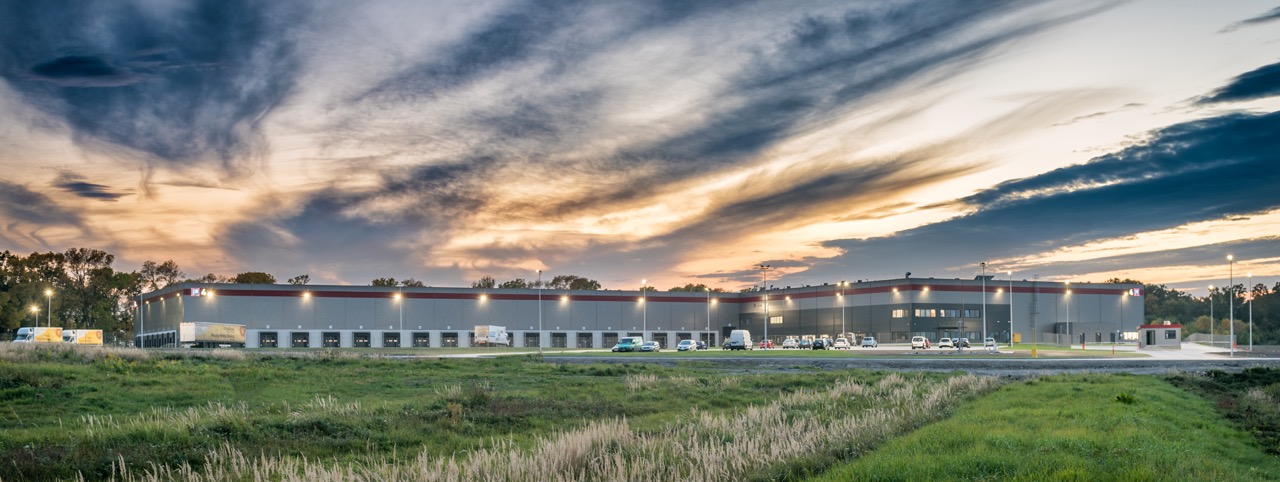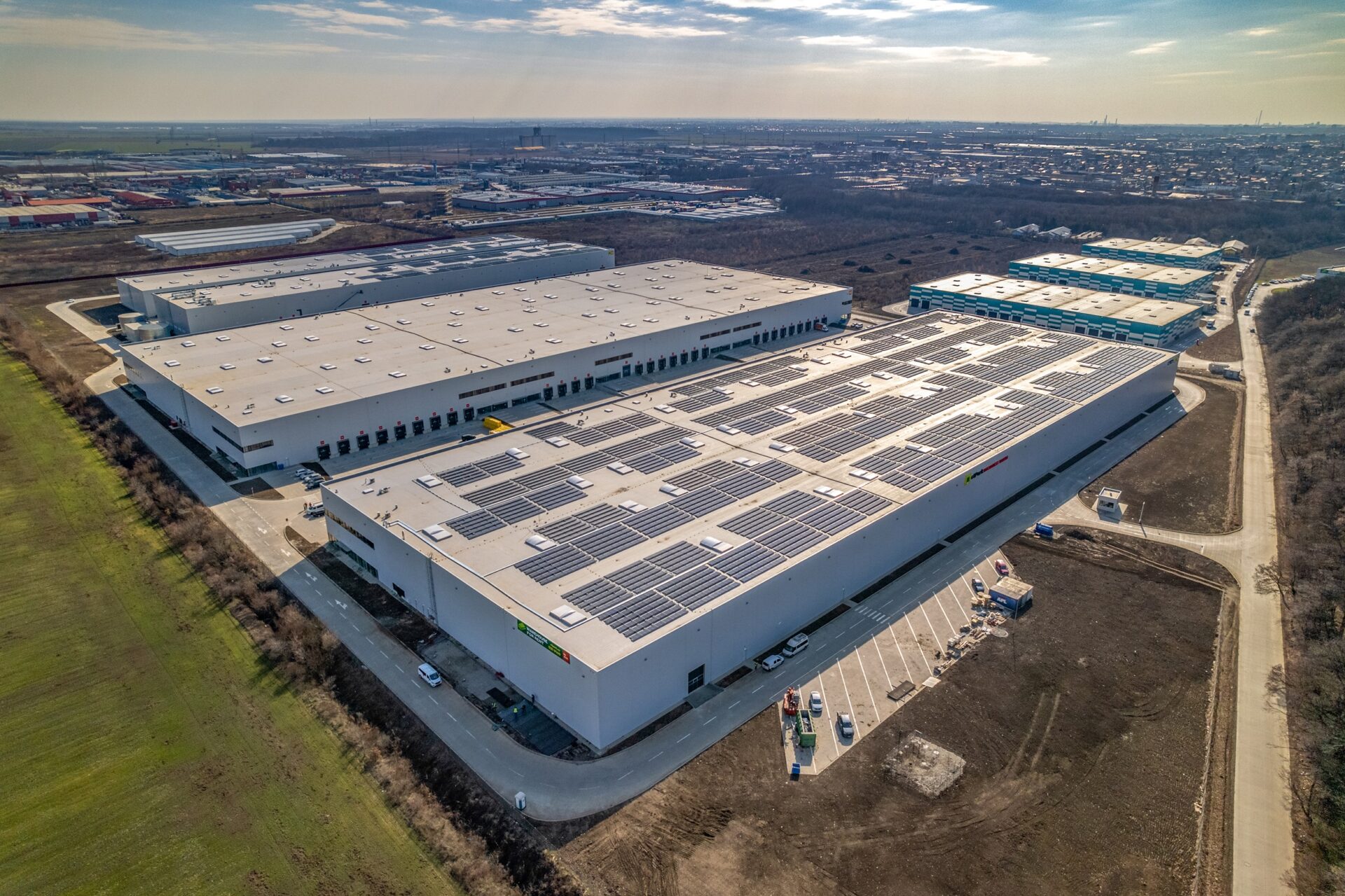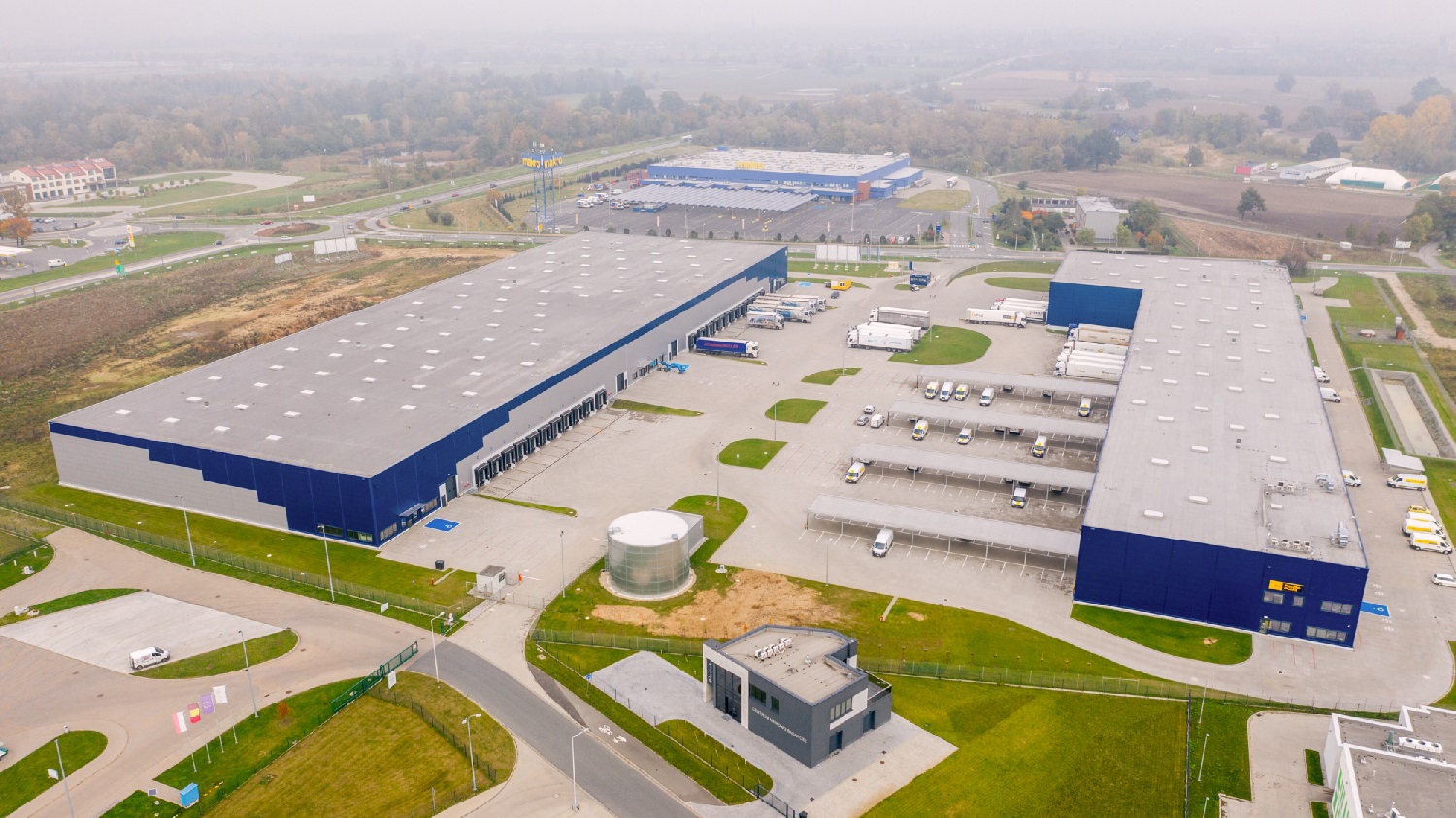Global real estate services firm Cushman & Wakefield has summarised 2020 on the Polish industrial market. In 2020, total warehouse take-up hit close to 5 million sq m for the first time in history, representing a 24 percent increase year-on-year. New leases and expansions accounted for nearly 70 percent of that total, equating to approximately 3.45 million sqm.
“The strong transactional activity was driven by both tenants executing investment decisions made in 2019 and in the early months of 2020, that is in the pre-pandemic environment, and the rapid growth of e-commerce fuelled by limitations on brick-and-mortar retail in later months. Lease extensions were for the remaining 1.54 million sqm, which is also evidence of the strong resilience of industrial sector companies to tough market conditions,” says Joanna Sinkiewicz, Head of Industrial & Logistics, Cushman & Wakefield.
As witnessed a year earlier, warehouse take-up came predominantly from two sectors: logistics/CEP and retail, which accounted for 34 percent and 17 percent of the transactional activity, respectively, driven by the growing consumer demand for FMCG, electronics, home appliances, furniture and homeware.
Warehouse rents remained relatively unchanged in 2020
Warehouse rents were largely stable, but some markets saw a slight downward trend due to healthy supply levels and rising vacancy rates. Headline rents stand at €2.50–3.80/sqm/month for big-box warehouses and at €4.00–5.25/sqm/month for Small Business Units in urban areas of Poland’s key markets. Financial incentives from developers usually reach 10-30 percent of the headline rental rate and vary by lease conditions. Lease incentives include rent-free periods of one to two months per lease year and financial contributions to tenants’ fit-out works or relocation costs.
In Q4 2020, warehouse availability shrank by almost 300,000 sqm
At the end of Q4 2020 there was approximately 1.42 million sqm of vacant warehouse space, accounting for 6.8 percent of Poland’s total stock. Strong demand growth in the fourth quarter and relatively low new supply compared to previous quarters pushed vacancies down by 298,000 sqm. Given the more limited availability of warehouse space and a high level of pre-lets for projects under construction, financial incentives for tenants are likely to be scaled down on some regional markets in 2021.
Development activity remains very robust
Almost two million sqm of warehouse space was delivered to the Polish market in 2020, with Poland’s total industrial stock rising by 11 percent year-on-year. Compared to the peak year 2019, new warehouse supply fell by 27 percent, or 0.74 million sqm. Despite a similar number of industrial completions, large projects sized above 50,000 sqm had a considerably smaller share in the new supply in 2020 at 370,000 sqm versus 1 million sqm in 2019, which saw large-scale developments for Amazon, Zalando, Leroy Merlin, Castorama and Carrefour. At the end of 2020, more than two million sqm of warehouse space was under construction, around 100,000 sqm more than a year earlier. Approximately 73 percent of the development pipeline has already been pre-let, which represents a substantial increase of 23 pp year-on-year driven by both strong occupier demand and less speculative construction due to heightened market risks during the COVID-19 pandemic.
2021 is expected to see many new projects break ground, including large-scale developments such as Panattoni Europe’s Wrocław CAMPUS 39 (180,000 sqm, Wrocław), 7R Park Gdańsk-Port (123,000 sqm, Tricity), Hillwood Rokitno (110,000 sqm, Western Poland) and DL Invest Park Teresin (100,000 sqm, Warsaw suburbs).
“In addition to industrial parks offering big-box facilities and BTS (build-to-suit) schemes, development activity is also accelerating in last-mile logistics, a trend that is gathering pace. One example of this is Warsaw, where such projects are being developed in Okęcie, Żerań, Targówek Przemysłowy and Bielany. Developers are also targeting other Polish cities, including Poznań, Wrocław, Łódź, Krakow, Gdansk, Gdynia and Rzeszów. The standard of industrial facilities is changing to provide customised solutions for tenants’ specific operations in e-commerce logistics or light manufacturing. Sustainability and automation also have a big impact on the standard of new schemes. Both developers and tenants are increasingly willing to invest in new IT technologies, industrial automation, renewable energy and a friendly work environment,” says Adrian Semaan, Senior Research Consultant, Cushman & Wakefield
Outlook
“While many sectors remain hit hard by the pandemic, the industrial market is seeing strong growth, largely driven in the long-term by the rapid expansion of e-commerce which has gained in importance due to restrictions on brick-and-mortar retail. Given Poland’s strategic location at the crossroads of major transport routes, further improvements to its transport infrastructure and the growth of urban and cross-border logistics, the market outlook for 2021 remains positive. Investors who spent a record €2.6 billion on industrial projects in 2020 also expect the market to grow in the long term,” adds Joanna Sinkiewicz.







